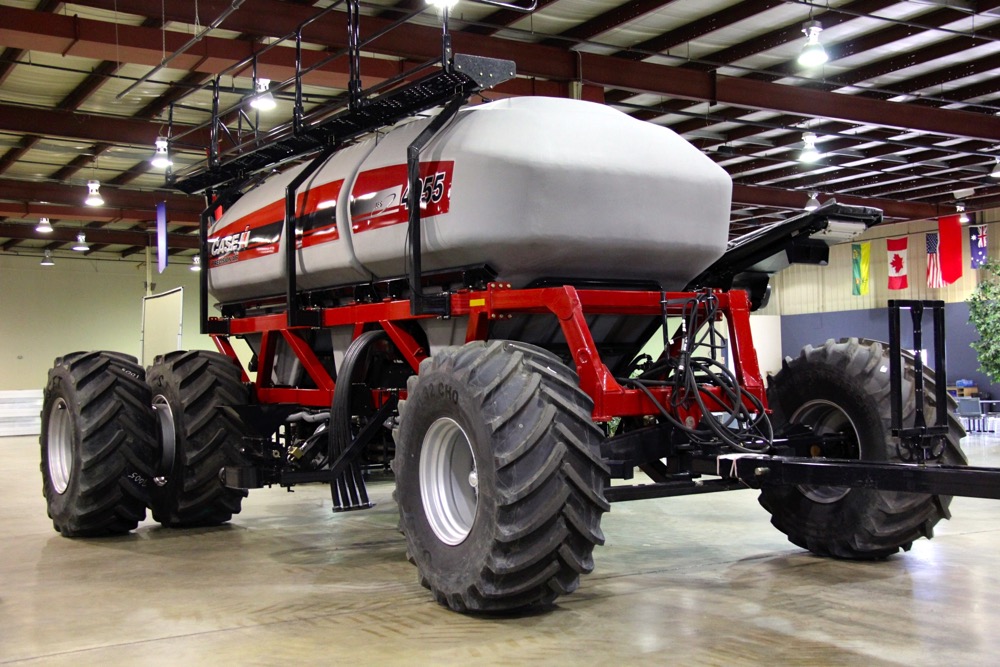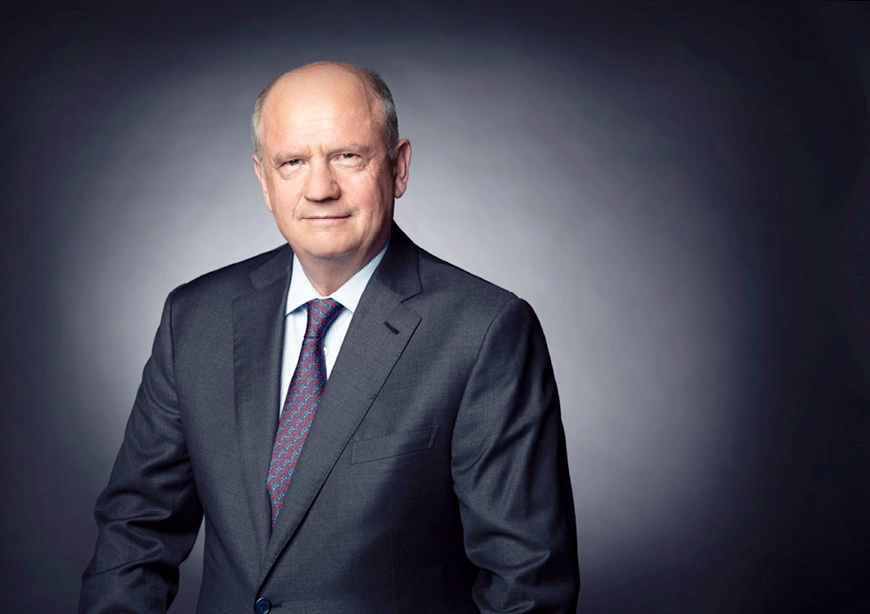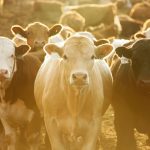Designing a new piece of farm equipment and getting it market ready today is easier, thanks to technology. But it’s also more complicated, thanks to… well… technology. The complexity built into modern machines is stunning and it continues to grow. In fact, from a machinery company’s perspective, it has to grow. Unless new designs offer farmers ever more efficiency, they won’t generate sizable sales numbers.
Even before the long process of development and testing can begin, company managers must establish that the brand will see a financial return for that investment. Any new machine has to appeal to buyers with chequebooks in their pockets. Getting that right is where the whole process kicks off.
Read Also

A new spin on farm legacy
What does farm legacy look like for the next generation.
When Case IH invited media to its Saskatoon training facility to introduce its newly designed 5 Series air carts earlier this summer, Country Guide spoke with the brand executives about what it takes to park a completely new machine in the showroom.
“We do something we call CDPD, Customer Driven Product Development,” said Gord Engel, the brand’s seeding product manager. “We sit down with customer focus groups. We ask them things like what would you like to see different than what you’ve got today, and flesh out all those details. What can make this product better for them? With that you always find these little nuggets. Sometimes it’s not very apparent at the time, but something all of a sudden pops up. And we say wow, if we could do that it would give them that wow factor. Those are the types of things we’re looking for in the product definition.”
It would have been easy, however, to overshoot the market while focusing on that wow factor and adding features to the carts farmers might like but just aren’t willing to pay for. Deciding where that dividing line lies, it turns out, is no easy task.
“You have to balance it off; customers are looking for value,” Engel said. “You have to draw that line between reality and not hitting the mark at all.”
There were some must-haves, the focus groups told the 5 Series engineers. Topping the list were features that can help reduce input costs.
“Right now with the cost of inputs, everybody’s looking for something with section control,” Engel said. “That was one of the key things they were looking for, trying to save input costs there.”
Of course, knowing what customers want is one thing. Creating a machine capable of giving it to them is entirely another. Computer simulations contributed to shortening the total development time.

“From the initial concept to today, you’re looking around that four-year time frame,” said Engel. “Had we tried to do this 10 or 15 years ago, the time, for sure, would have been longer. We have a digital simulation group and it can do some amazing things with fluid dynamics. Looking at an air system, just with a computer model, it can determine where it’s going to go and how it’s going to react. I’m sure that knocked nine months to a year out of our timeline by using that kind of technology.
“Now you can predict what’s going to happen, build a model in a lab and validate it,” Engel said. “Fifteen, 20 years ago we would build it, try it, stick it in the field and go yeah, that’s not working. Let’s try something else.”
Once the company settled on a prototype design, it turned back to those customer focus groups to see if it had created something that would get farmers to say, “I want that — and I’m willing to pay for it.” But rather than head out to the field to take a look at a camouflaged machine parked well away from unauthorized eyes, customers went back inside to take advantage of another aspect of modern technology: virtual reality.
“We now have a VR (virtual reality) room here in Saskatoon as well,” said Engel. “You can take a look at that computer model and really get a feel for it, what it’s like to get around it and service it. Seeing is believing.”
But while technology can be used to test and validate systems, it can’t take the place of the inspired engineers needed to create all those things farmers tacked on to their wish lists. That takes old-fashioned brain power. To build the current generation of 5 Series carts, inspiration came from a wide range of resources, including discussions with engineers who pioneered early air cart development when the Saskatoon facility was owned by Flexi-Coil, which Case IH eventually purchased.
“We’ve tapped into that heritage,” explained Joe Michaels, senior director of Case IH specialty business. “Some of the engineers who worked on the original metering system 20 years ago came in and had conversations. That’s the level we did it at. It wasn’t a formalized thing.”
Michaels believes blending input from experienced innovators along with younger minds familiar with the latest in cutting-edge technology can produce results like no other process.
“When you get (older engineers) together with (younger engineers), that is a synergistic relationship when it comes to product development,” Michaels said. “Because when you have that wisdom and experience together with that enthusiasm and knowledge of the current capabilities of technology, you get magical synergistic results.”
But Michaels believes the new 5 Series carts embody not only the results of that engineering exercise, but they are also the product of a renewed focus on the same spirit of innovation that led to the creation of the original Flexi-Coil machines. That emotion is something he wants to solidify in the current corporate psyche of the big red brand.
“Specialty manufacturers out there really do drive a lot of innovation in this (seeding) industry,” Michaels said. “What I’ve been charged to do in my position is bring that specialty culture to a major full-line equipment manufacturer. That’s really the spirit that we’re going on. There is a renewed effort. We have a great heritage here, Flexi-Coil heritage here, at this Saskatoon facility and the people. And they still talk about it.”
That pride in their heritage has apparently also created a sense of competition within the workers at the Saskatoon assembly plant that builds the air seeders. The facility has earned the highest efficiency rating among the CNH and parent company Fiat’s North American assembly plants, according to Michaels.
“This facility here is No. 1 in North America,” Michaels said. “And within the CNH group it’s the No. 1 rated plant worldwide in quality and delivery.”
Michaels thinks that is an even more significant achievement than it sounds, because staff at the Saskatoon plant have one of the most difficult assembly jobs in any industry, the result of a wide diversity in machines moving down the assembly line.
“There is infinitely more variability on these than there is on a Fiat 500,” Michaels said. “And the volumes are lower. So it’s more important that you have your systems in place to create consistent quality on the line.”
















